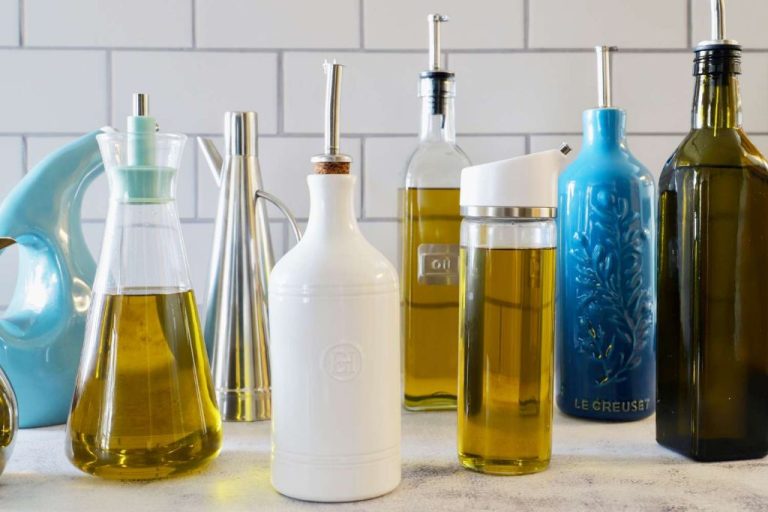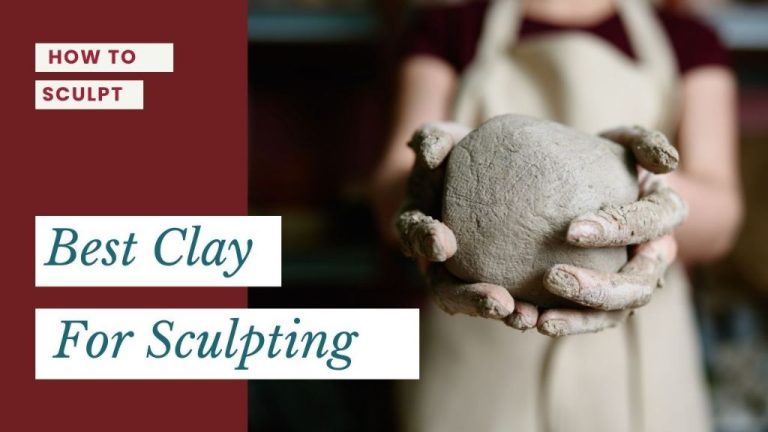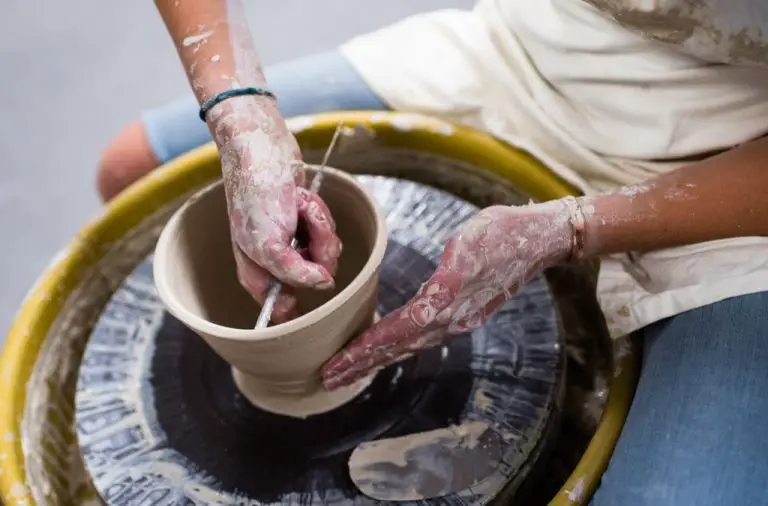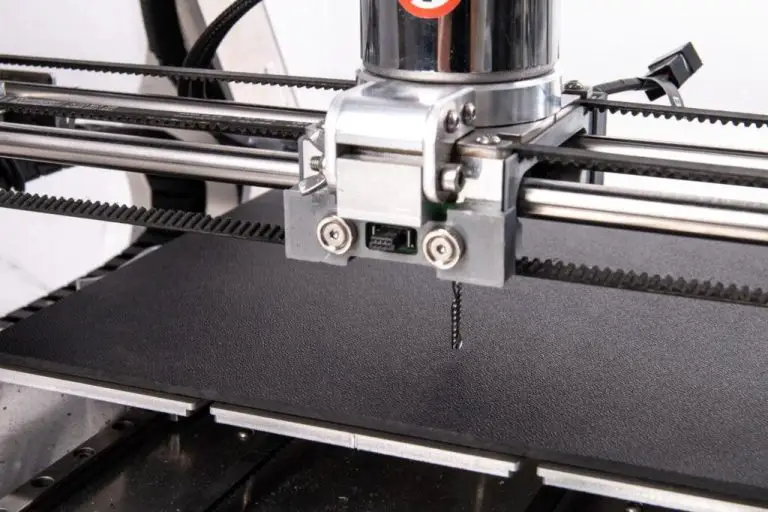Is Leca The Same As Expanded Clay Pebbles?
What is LECA?
LECA stands for Lightweight Expanded Clay Aggregate. It is a lightweight aggregate made by heating clay in a rotary kiln to over 1,000°C. The clay expands due to the heat, creating many air pockets and resulting in lightweight, porous granules.
The main components of LECA are clay and heat. Natural clays containing alumina and silica provide the raw material. When exposed to extremely high temperatures, the silica and alumina compounds in the clay fuse and create an expanded structure full of tiny air bubbles. This gives LECA its lightweight and insulating properties.
The manufacturing process for LECA starts by mining natural deposits of clay and shale. The raw clay is then crushed and screened to remove impurities. It is formed into small pellets, usually between 4-20mm in diameter, using an extruder or rolling drum. The pellets are then placed in a rotary kiln and heated rapidly to over 1,000°C. The pellets expand to many times their original size due to the entrapped moisture turning to steam. After cooling, the expanded clay pellets are screened to obtain the desired granule size ranges for different applications.
What are expanded clay pebbles?
Expanded clay pebbles, often referred to as LECA (lightweight expanded clay aggregate), are made from clay that has been superheated in a rotary kiln to over 2,000°F. This high heat causes the clay to expand and form porous, lightweight pebbles. The main components of expanded clay pebbles are silica and alumina, which provide structural integrity and reflect heat well.
The manufacturing process starts by mining naturally occurring clay or shale. The material is crushed and screened to remove impurities. It is then formed into pellets or granules and placed in a rotary kiln to be fired at extremely high temperatures. As the temperature rises, the material starts to expand and small air pockets are formed within the structure. Once cooled, the end product is hard, lightweight, porous pebbles. The pebbles can then be screened to sort them into different sizes and bagged for shipping and sale.
Compare manufacturing processes
LECA and expanded clay pebbles are made using very similar manufacturing processes. The main steps are:
Clay extraction – Suitable clay material containing organic matter is mined and extracted from the earth.
Processing – The clay is ground and mixed with water to achieve the right consistency. Organic combustible materials like sawdust may be added.
Shaping – The processed clay mix is shaped into pellets or granules.
Firing – The pellets are fired in a rotary kiln at temperatures over 1000°C. The organic materials burn off leaving tiny air pockets in the clay.
Cooling – After firing, the expanded clay pellets are cooled quickly with air or water.
The main difference is that LECA tends to use more controlled procedures and advanced technology to achieve more uniform pellet shape and size. The firing process may also be more precise. But both go through the same basic manufacturing steps.
Compare Key Properties
LECA and expanded clay pebbles share some similar key properties when it comes to how they interact with water and air:
Water Retention
Both LECA and expanded clay pebbles have a very porous structure that allows them to retain water effectively. However, LECA tends to absorb and hold more moisture than expanded clay. LECA has a water absorption rate of up to 40% of its weight, while expanded clay absorbs closer to 33%.
Drainage
The porous structure and lightweight nature of LECA and expanded clay pebbles allows excess water to drain freely. This creates an ideal well-drained growing environment. Between the two, expanded clay pebbles tend to offer slightly better drainage.
Porosity
Porosity refers to the tiny pores within the structure of the pebbles. Both LECA and expanded clay have high porosity, which provides space for air and water circulation. LECA generally has a bit higher porosity at around 50%, versus expanded clay which is around 45% porous.
Density
Density measures how heavy the pebbles are by volume. LECA has a very low density at about 0.5-0.7 g/cm3. Expanded clay is slightly denser than LECA, with a density of 0.7-1 g/cm3. The low density contributes to the lightweight and free-draining properties.
Common uses
Both LECA and expanded clay pebbles have some similar common uses:
In hydroponics – Both LECA and expanded clay pebbles are commonly used as a growing medium in hydroponics systems. They provide a neutral, inert base to hold the plant’s roots while allowing good drainage and aeration. Their porous structure allows the hydroponic nutrients to flow evenly to the plant’s roots.
As a growing medium – In addition to hydroponics, LECA and expanded clay pebbles can be used as a growing medium in other applications like container gardens, raised beds, and green roofs. Their lightweight and porous nature makes them suitable for a well-drained, aerated growing medium.
In construction – Due to their lightweight and insulating properties, both LECA and expanded clay pebbles may be used in construction applications like lightweight concrete, insulation, drainage layers, or as fill material. The pebbles create air pockets which provide good insulation against temperature extremes.
Cost Comparison
When comparing the costs of LECA and expanded clay pebbles, it’s important to look at the price per cubic foot or cubic yard, rather than just the price per bag. This allows you to accurately compare the costs based on volume.
LECA typically costs around $35-$45 per cubic foot, or $1,250-$1,600 per cubic yard. Meanwhile, expanded clay pebbles are a bit cheaper, with prices around $20-$30 per cubic foot, or $700-$1,100 per cubic yard.
So in general, expanded clay pebbles cost 20-50% less than LECA per unit volume. However, the exact prices can vary between different brands and suppliers. It’s a good idea to get quotes from multiple sources before purchasing large volumes of either material.
Availability
Both LECA and expanded clay pebbles can be purchased from most major garden centers, hydroponics stores, or online retailers. However, LECA may have slightly wider availability since it is produced by larger manufacturing companies. Expanded clay pebbles are often produced regionally by smaller companies. In terms of sourcing online, LECA and expanded clay pebbles can both be found on Amazon, eBay, hydroponics specialty sites, and direct from manufacturers. Pricing and shipping costs may vary between online retailers. When purchasing locally, check with nurseries, garden stores, hydroponics shops, or landscape supply stores. LECA may be more commonly stocked since some smaller retailers may not carry expanded clay pebbles. Calling ahead to check inventory and pricing is recommended before visiting local stores. Both can also be purchased in bulk directly from industrial manufacturers, but minimum order volumes are larger when buying direct.
Environmental Impact
When looking at the environmental impact of LECA and expanded clay pebbles, two key factors are important – the manufacturing processes used to create them and their recyclability/reusability.
LECA is made by heating clay at high temperatures, up to 1200°C. This heating process requires large amounts of energy, most often from non-renewable sources like natural gas. The high temperature kilns used in LECA production generate significant greenhouse gas emissions.
Expanded clay pebbles are also made by heating clay, but at lower temperatures around 1000°C. This means their production requires less energy input and results in lower carbon emissions. However, both materials still have a relatively high environmental impact from manufacturing compared to other common growing mediums.
In terms of recyclability, neither LECA nor expanded clay pebbles can be easily reused or recycled. They are designed to be used for many years before being disposed of, usually in landfills. The porous structure of fired clay means they are not well suited for re-melting or reformation. Proper disposal is important to avoid heavy metal leaching into the environment.
Overall, while expanded clay pebbles have a slight edge from lower production temperatures, both materials have a moderate environmental impact from manufacturing energy use and limited recyclability. Proper sourcing, efficient kilns, and responsible disposal practices can help reduce their footprint.
Benefits and Drawbacks
Both LECA and expanded clay pebbles have unique benefits and drawbacks that are worth considering when deciding which to use.
Pros of LECA
Some of the key benefits of LECA include:
- Very lightweight and porous – this helps improve drainage and aeration.
- Neutral pH – won’t alter pH levels of growing medium.
- Insulating properties help moderate root temperatures.
- Can be reused for multiple growing cycles.
- Often more affordable than clay pebbles.
Cons of LECA
Some potential drawbacks of LECA:
- Can compress over time and degrade.
- May need pre-rinsing to remove dust before using.
- Can be too lightweight for very large plants or outdoor use.
- Some find the look less aesthetically pleasing than clay pebbles.
Pros of Expanded Clay Pebbles
Key benefits of expanded clay pebbles:
- Very durable, maintain shape well over time.
- Often inert, pH stable material.
- Aesthetically pleasing natural look.
- Good weight helps anchor plants and resists blowing over.
- Promotes excellent drainage and air pruning of roots.
Cons of Expanded Clay Pebbles
Some potential cons of clay pebbles:
- Heavier than LECA – can increase shipping costs.
- Usually more expensive than LECA.
- May need soaking before use to prevent floating.
- Some lower quality versions can alter pH.
- Not as insulating as LECA.
The verdict
After examining the manufacturing processes, properties, uses, costs, and availability of LECA and expanded clay pebbles, we can conclude that they are essentially the same product.
LECA and expanded clay pebbles are both made by heating and expanding clay at high temperatures. This process creates a lightweight, porous material with similar properties like water retention, drainage, and aeration. Both LECA and expanded clay pebbles are commonly used in hydroponics, aquaponics, and container gardening for these beneficial properties.
There are minor differences in production methods, average size of granules, and brand names. However, LECA and expanded clay pebbles originate from the same base material and undergo an identical expansion process. The end products are virtually interchangeable.
So in summary, LECA and expanded clay pebbles can be considered different names for the same type of product – lightweight expanded clay aggregates. The terms refer to the exact same class of porous clay material and can be used interchangeably.





